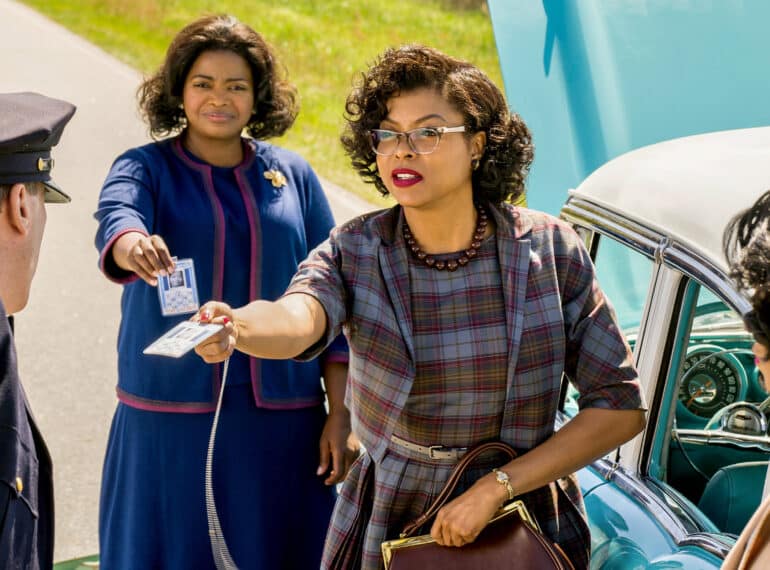
In a week bookended by a special assembly from an anti-racism expert and a cinema visit, QE’s Year 7 got to grips with topics including diversity and intersectionality.
 In between these highlights, regular pastoral sessions and a special afternoon were devoted to a project looking at race, intersectionality and women in science ahead of seeing the film, Hidden Figures.
In between these highlights, regular pastoral sessions and a special afternoon were devoted to a project looking at race, intersectionality and women in science ahead of seeing the film, Hidden Figures.
Fully prepared, the School’s youngest pupils then travelled to the Phoenix Cinema in East Finchley to watch the award-winning picture, which focuses on the story of three female African-American scientists working at NASA during the Space Race in the 1960s.
Head of Year 7 Rosie Uduwawala said: “While at QE we celebrate our diversity as a School, it is nonetheless important to ensure that our boys understand racism, knowing how to recognise it, and what to do when they see or experience it.
“Also, in our single-sex environment, it is good for pupils to develop an understanding of intersectionality, particularly with regard to how women may be affected by discrimination.
“It was a very successful week: the boys responded well to the workshop, which ended on a very uplifting note with a message about empowerment and the reading of a poem by Benjamin Zephaniah. They then worked diligently on their project, which included learning about the Cold War and the Space Race – an important period of history. And, of course, they enjoyed their trip to the cinema to see what is a very engaging film.
“We hope that all they have learned will promote discussion about diversity beyond the classroom.”
The Monday assembly was given by Mpula Lawton from ARISE (Anti-Racism In Schools & Education), an organisation dedicated to promoting equality in education. Her themes were:
- What is racism?
- What does racism look like?
- Language: “I never ever say the words, but we discuss slurs and how terrible they are,” says Miss Lawton. She related how one such slur was addressed to her when she was young, and how it has stuck with her;
- Racism on social media;
- ‘Hero’ versus ‘snitch’: what to do when you see or experience racism;
- ‘Upstanders’: how to spread the word about anti-racism;
- Empowerment, including the poem.
 The boys’ project involved completing a PowerPoint presentation designed to teach them about topics such as the origins, causes and effects of the Cold War and about the Civil Rights Movement in the US.
The boys’ project involved completing a PowerPoint presentation designed to teach them about topics such as the origins, causes and effects of the Cold War and about the Civil Rights Movement in the US.
The presentation also featured statistics from 2012 about the representation of various groups in professional careers, particularly in the field of technology. It highlighted, for example, that whereas Black and Hispanic people make up 30% of the US population, men from these groups represent just 9% of computing jobs, and Black and Hispanic women even less, at just 4%.
It challenged the boys to discuss the reasons for these differences, introducing the concept of intersectionality and looking at whether the situation had changed in the 60 years since the period depicted in the film.
